
by Leaders Project | Jul 28, 2017
This is part of the series of cleft palate speech therapy word games. This therapy game is unique in that it targets the one high pressure sound (F) the child is targeting paired with other low pressure and nasal sounds which the child should be able to produce free of error.
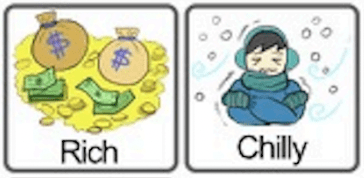
by Leaders Project | Jul 24, 2017
This is part of the series of cleft palate speech therapy word games. This therapy game is unique in that it targets the one high pressure sound (CH) the child is targeting paired with other low pressure and nasal sounds which the child should be able to produce free of error.
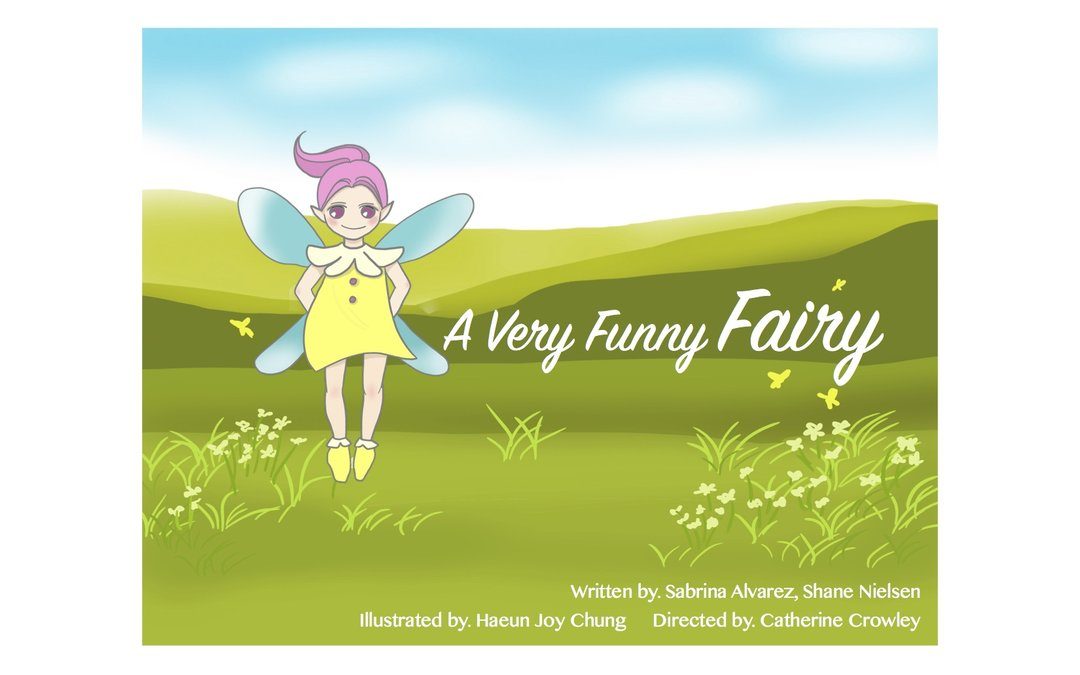
by Leaders Project | Jul 24, 2017
This is part of the series of cleft palate books. The book targets F and V in English.
by Leaders Project | Mar 23, 2017 |
Dr. Catherine Crowley of Teachers College, Columbia University presents on the identification and treatment of speech impairment due to cleft palate. Other topics include feeding, syndromes, and surgical repair.
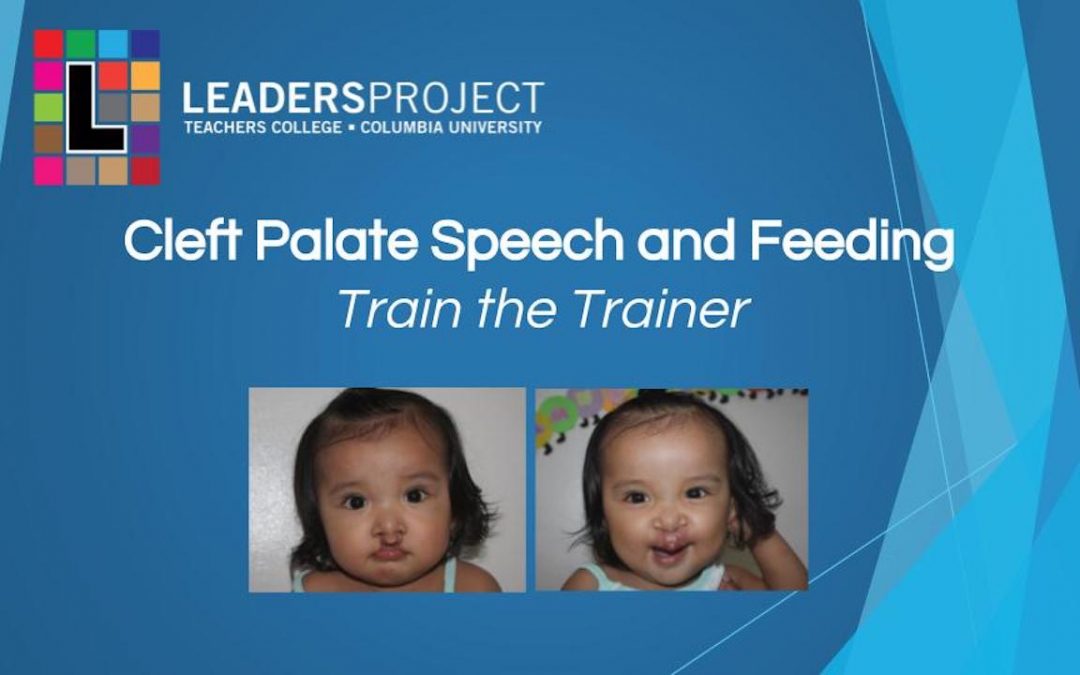
by Leaders Project | Feb 9, 2017
This course, Cleft Palate Speech and Feeding, is a 5-day program that intends to provide speech-language pathologists and parents of children with cleft palate with essential strategies and information to maximize their ability to improve speech in children with cleft palate. This course forms part of the Smile Train initiative to provide exhaustive treatment after surgery to optimize the quality of live of patients.
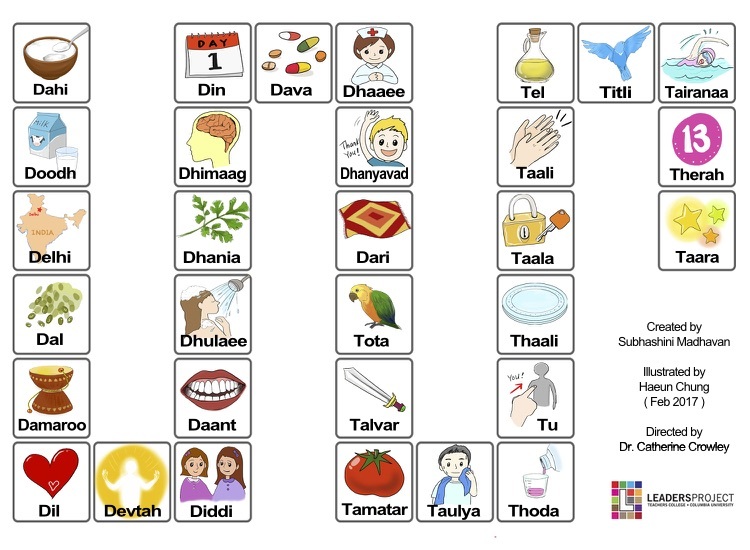
by Leaders Project | Feb 2, 2017
This is part of the series of cleft palate speech therapy word games in Hindi. This therapy game is unique in that it targets the high pressure sounds (T&D) the child is targeting paired with other low pressure and nasal sounds which the child should be able to produce free of error.
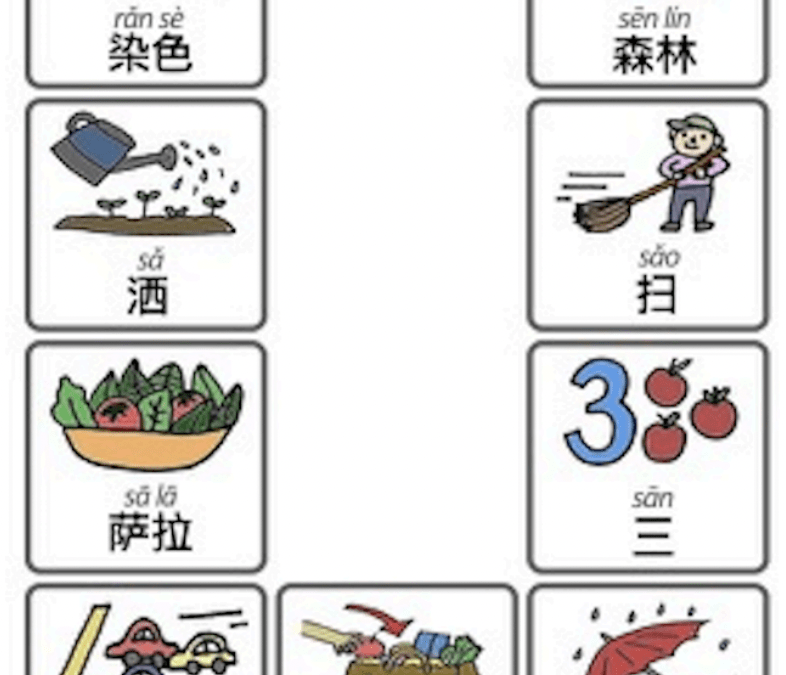
by Leaders Project | Feb 2, 2017
这是为唇腭裂儿童术后康复的普通话系列游戏之一。这个治疗游戏专门针对高压声音(S)与其它低压和鼻声。低压与鼻声是儿童应能无错误地产生。
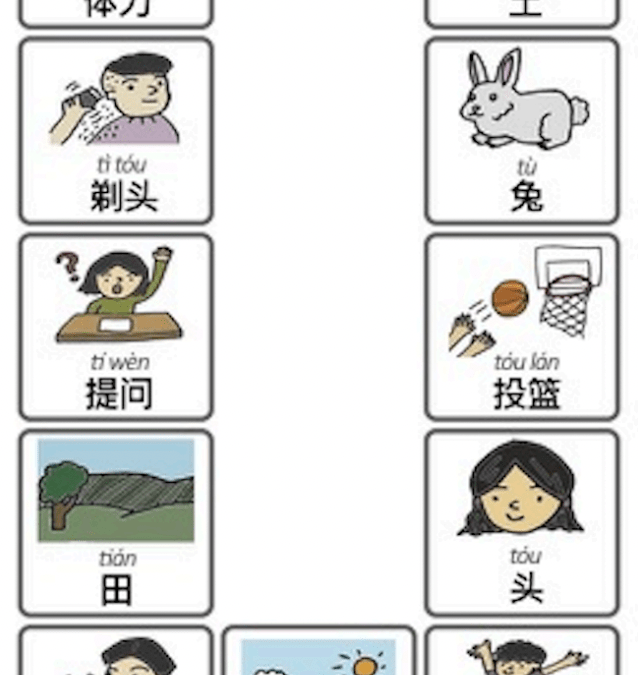
by Leaders Project | Feb 2, 2017
这是为唇腭裂儿童术后康复的普通话系列游戏之一。这个治疗游戏专门针对高压声音(T)与其它低压和鼻声。低压与鼻声是儿童应能无错误地产生。

by Leaders Project | Feb 2, 2017
这是为唇腭裂儿童术后康复的普通话系列游戏之一。这个治疗游戏专门针对高压声音(B)与其它低压和鼻声。低压与鼻声是儿童应能无错误地产生。

by Leaders Project | Feb 2, 2017
这是为唇腭裂儿童术后康复的普通话系列游戏之一。这个治疗游戏专门针对高压声音(P)与其它低压和鼻声。低压与鼻声是儿童应能无错误地产生。










![[feed link]](/wp-content/plugins/rss-just-better/rss-cube.gif)